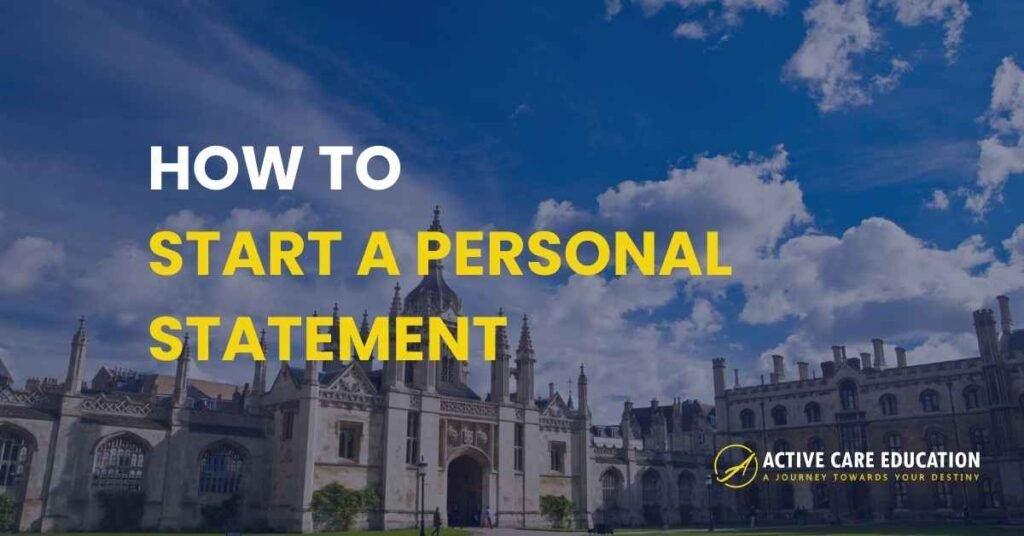Sitting in front of blank page gives many students anxiety over personal statement. You must being very careful with opening lines, as they set tone for entire application. Making first impression counts a lot in academic contexts.
Understanding the Purpose
Starting personal statement requires deep thinking about your motivations. You should avoid generic openings like “I have always been passionate about.” Instead, get straight into point with specific moment or realization.
Finding Your Hook
Think back to when subject first grabbed your attention to use as hook. It could be coming across interesting research paper, or experiencing practical application in real life. This approach helps to stand out from crowd.
Common Mistakes to Avoid
Do not waste precious character limit on quotes from famous people. Admissions tutors want to hear your voice, not someone else’s words. Focus instead on your personal journey towards chosen subject.
Basic Structure
Breaking down structure of opening paragraph helps with organization. First sentence must grab attention, second provides context, third explains relevance to course. This format keeps writing focused and purposeful.
Content Management
Many students make mistake of trying to put too much information in opening. You should stick to one clear idea or experience that sparked your interest. Save other achievements for later paragraphs.
Getting Feedback
Getting feedback on opening paragraph helps identify weak points. Show draft to teachers or career advisors who know about admissions process. They can point out areas needing improvement.
Revision Process
Writing several different versions of opening helps find strongest approach. Put them aside for few days, then read again with fresh eyes. Choose one that feels most authentic to your experience.

Subject-Specific Approaches
For Science and Technical Subjects
Technical subjects benefit from problem-solving examples in opening. Show how encountering specific challenge led to deeper interest in field. This demonstrates analytical thinking abilities.
For Arts and Humanities
Arts and humanities statements can open with cultural experiences. But avoid just describing event – explain how it changed your perspective on subject. Make connection to academic study clear.
For Social Sciences
Social science applications should show awareness of real-world implications. Opening with observation about society that led to academic interest works well. Must connect personal observation to theoretical study.
Professional Tips and Tricks
Character Management
Checking character count of opening paragraph prevents running out of space later. Aim for around 15% of total limit in first paragraph. This leaves room for expanding on ideas.
Course Alignment
Making clear connection between opening and course requirements helps focus statement. Review course descriptions from universities when writing. This ensures relevance of content.
Tone and Language
Avoiding emotional language keeps tone professional and academic. Instead of saying “I fell in love with subject,” explain specific aspects that interest you. Focus on intellectual engagement.
Hidden Strategies
Research Approach
Hidden tip: Study course descriptions from multiple universities before writing. Look for common themes in what they seek. This helps target opening to wider range of institutions.
Writing Technique
Professional trick: Keep separate document with multiple opening versions. Mix and match elements to find strongest combination. This helps refine ideas without losing original thoughts.
Final Considerations
Remember: Opening paragraph sets tone for entire statement. Getting it right worth extra time and effort. Success of application often depends on strength of first impression.
Conclusion
Finally, trust your authentic voice while maintaining professional tone. Balance between personal story and academic focus creates compelling opening. This approach captures attention while demonstrating suitability for university study.
Remember maintaining strict attention on word limit throughout writing process. Each section must contribute towards showing your suitability for course. Success comes from careful planning and execution of personal statement.





